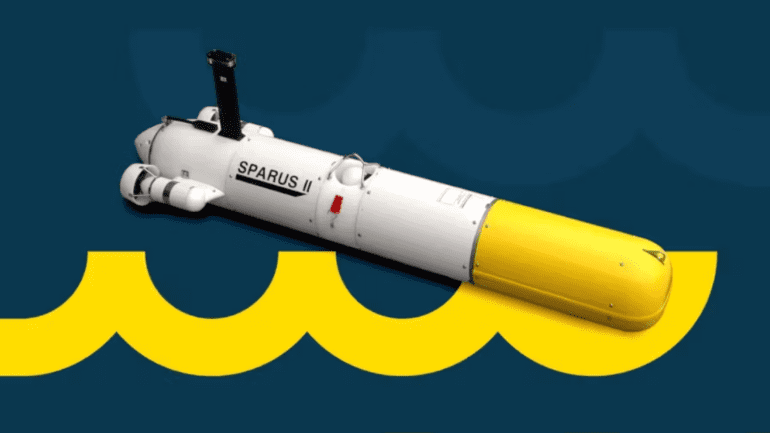TL;DR:
- Researchers from leading institutions employ reinforcement learning for underwater object location and tracking in autonomous vehicles.
- The approach optimizes trajectory, enabling precise object identification and navigation beneath the waves.
- This breakthrough has potential implications for ecological studies and real-time oceanographic monitoring.
- The technology’s successful testing marks a significant milestone in autonomous underwater exploration.
Main AI News:
Cutting-edge research from an international collaboration of experts hailing from the prestigious Institut de Ciènciesdel Mar (ICM), Monterey Bay Aquarium Research Institute (MBARI), Barcelona Tech, the Universitat de Girona, and the Barcelona Supercomputer Center (BSC) has heralded a groundbreaking application of reinforcement learning for underwater object location and tracking. This groundbreaking approach holds promise for integration into future autonomous vehicles.
The team, spearheaded by lead author Ivan Masmitjà, harnessed the power of reinforcement learning, a neural network training method that optimizes specific tasks, even in the face of formidable challenges. Drawing inspiration from natural language processing systems, such as large language models (LLMs), the researchers successfully demonstrated the possibility of optimizing a vehicle’s trajectory to effectively locate and track submerged objects in motion.
While the development of reliable autonomous vehicles for land and air travel has been arduous, venturing into underwater domains introduces a whole new set of complexities. Manned missions into the ocean’s depths entail inherent risks, as recent events have shown. Hence, the potential of autonomous vehicles to gather valuable data hinges on their ability to navigate underwater terrain adeptly, accurately identify objects, and navigate efficiently for observation and avoidance.
The team’s ingenious methodology combined a range acoustic techniques, which estimate object positions based on measurements taken at various points. Typically, this approach is only precise in the vicinity of the original measurements. However, through the implementation of reinforcement learning, the researchers achieved the development of a generalized trajectory, enabling the autonomous vehicle to navigate with remarkable precision.
One of the research’s co-authors, Joan Navarro, extolled the potential impact of this achievement, stating that it will facilitate the in-depth study of ecological phenomena, such as migration patterns and movements of diverse marine species. The utilization of autonomous robots for such research endeavors will undoubtedly yield valuable insights. Moreover, the progress made in real-time monitoring through a network of robotic platforms has the potential to revolutionize oceanographic research.

Source: Hackster.io
The team’s groundbreaking work has been rigorously tested both in simulations and at sea, leveraging the Sparus II Autonomous Underwater Vehicle (AUV). Encouraged by these promising results, the researchers are actively exploring the applicability of their algorithms in more intricate missions that involve multiple autonomous vehicles working synergistically.
Published in the esteemed journal Science Robotics under open-access terms, this cutting-edge research marks a significant milestone in the evolution of autonomous underwater exploration. As the promise of this technology continues to unfold, we anticipate a future where autonomous submersibles navigate the briny depths with unparalleled precision, transforming our understanding of the world beneath the waves.
Conclusion:
The integration of reinforcement learning in autonomous submersibles represents a pivotal advancement in the field of underwater exploration. With the ability to precisely locate and track objects underwater, these vehicles offer immense potential for ecological research and real-time oceanographic monitoring. This breakthrough is poised to reshape the market, creating new opportunities for advanced underwater technologies and applications in various industries, such as marine research, offshore energy, underwater infrastructure inspection, and environmental monitoring. Businesses in these sectors should closely monitor developments in autonomous underwater technologies to stay ahead of the competition and harness the benefits of this transformative innovation.

